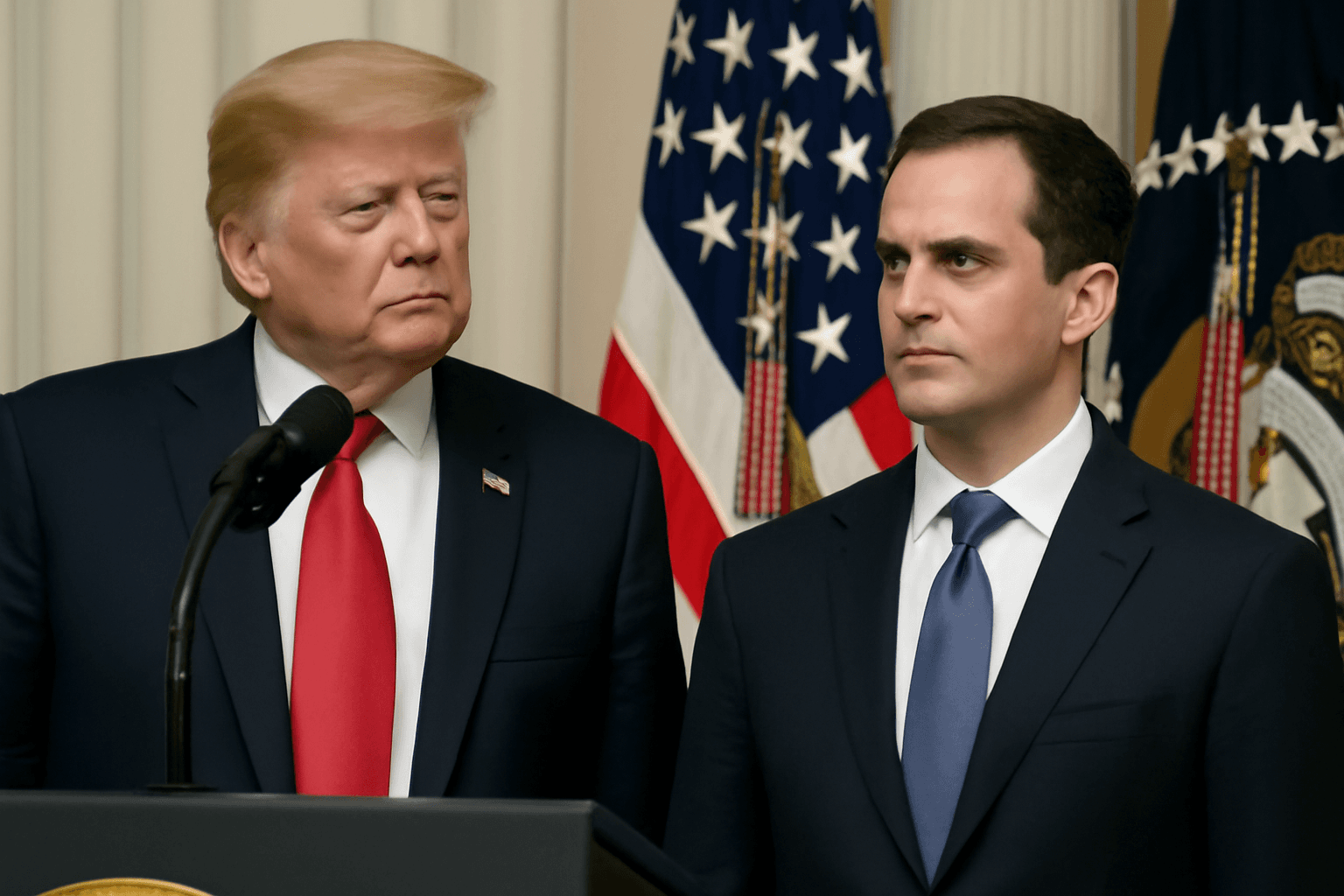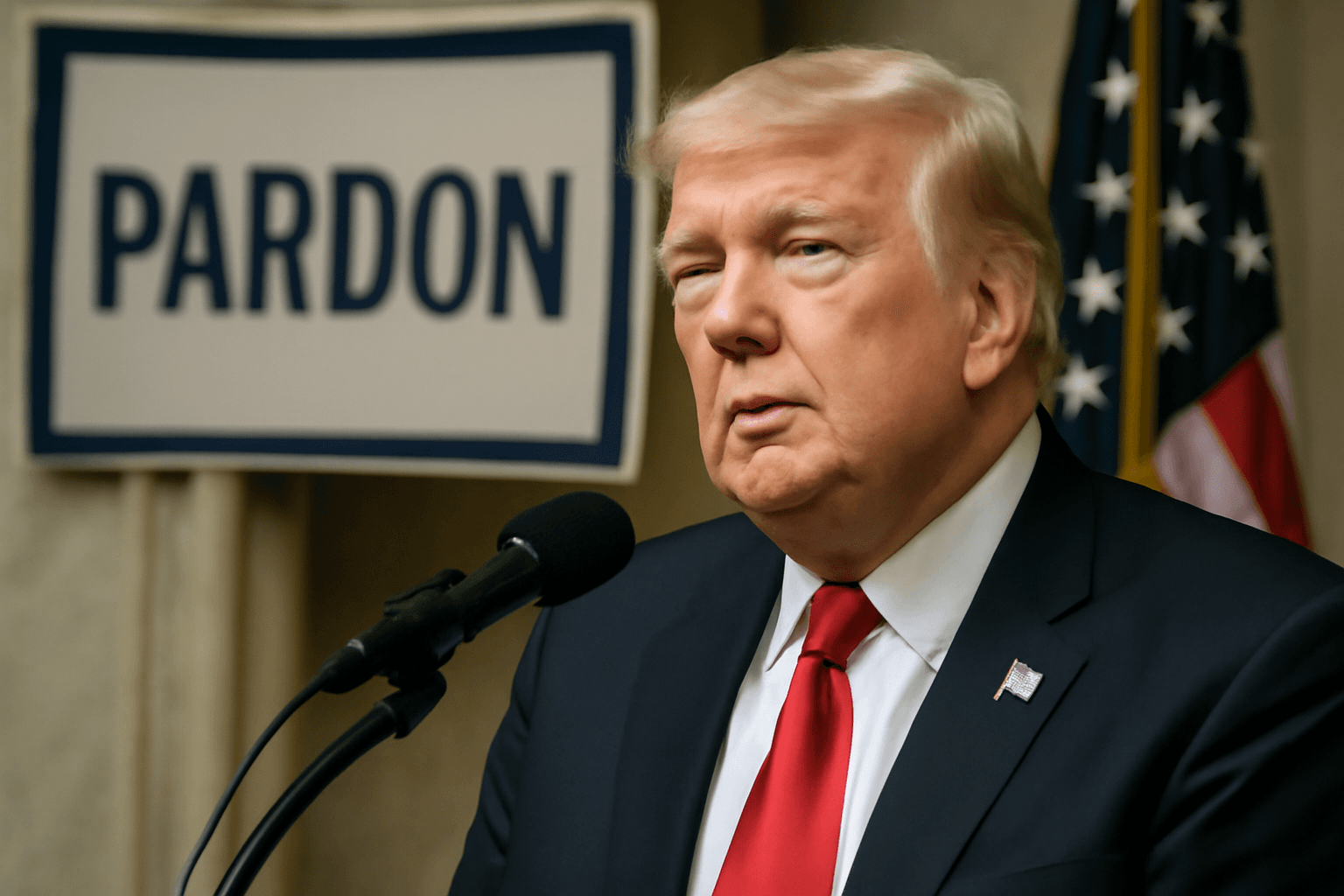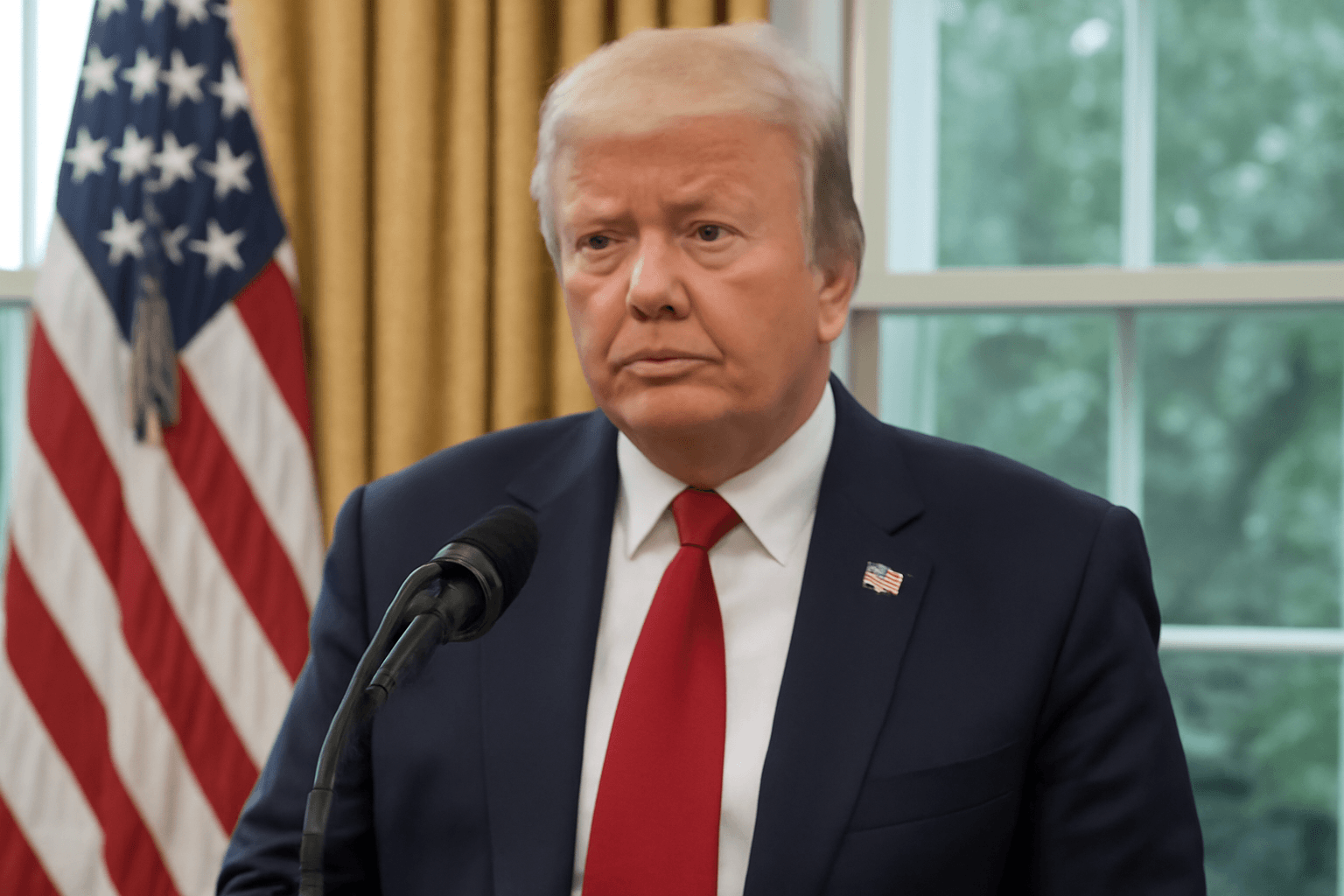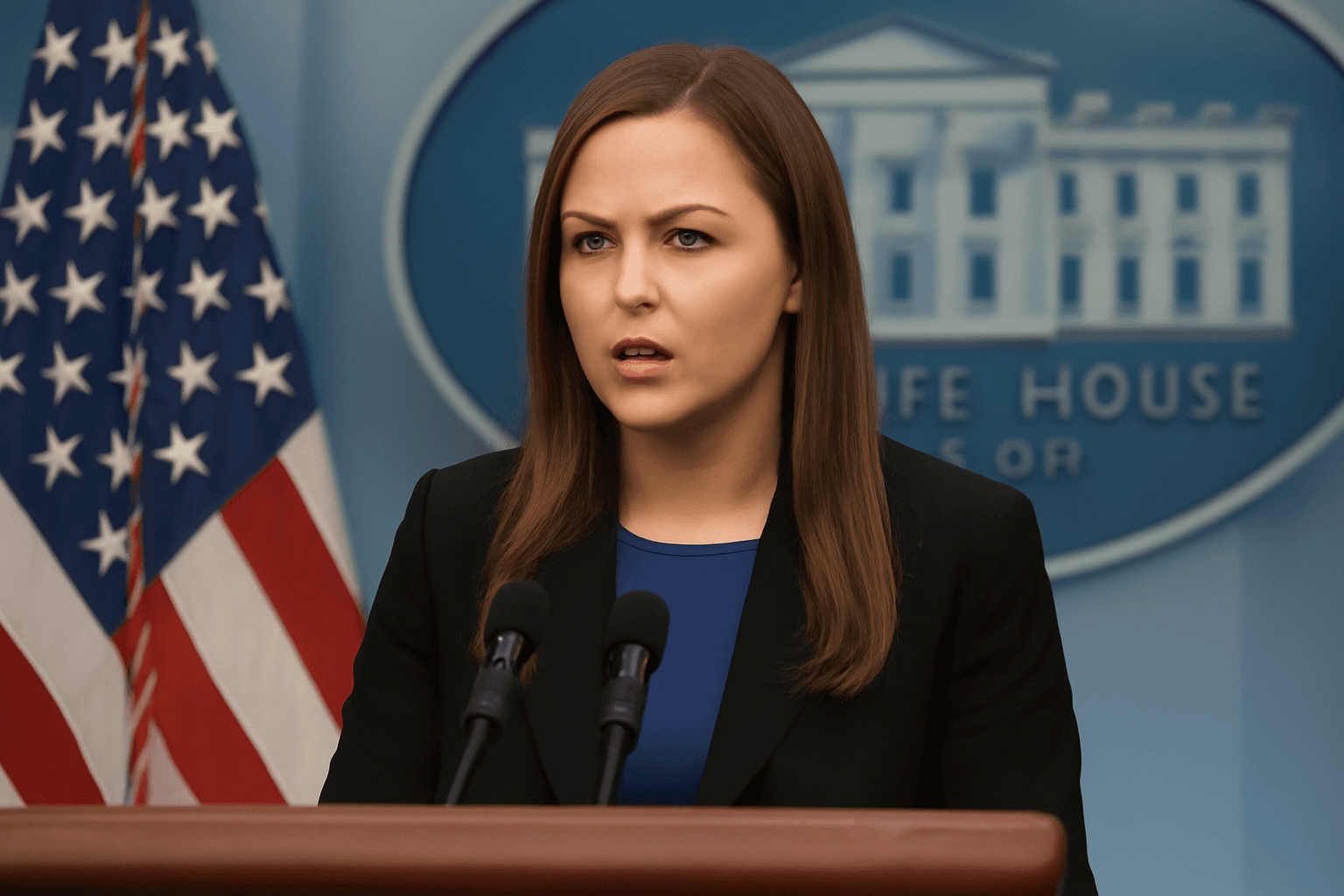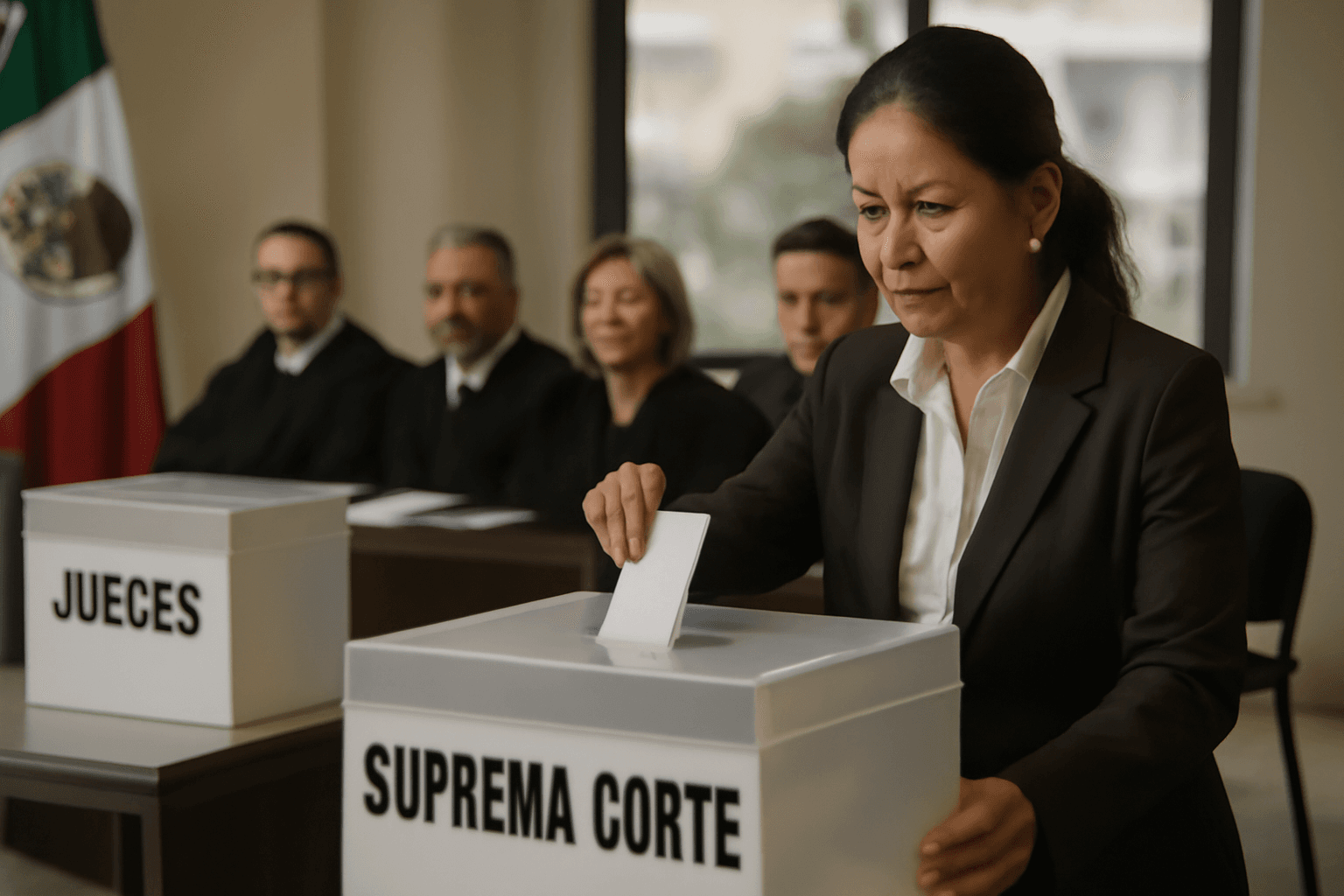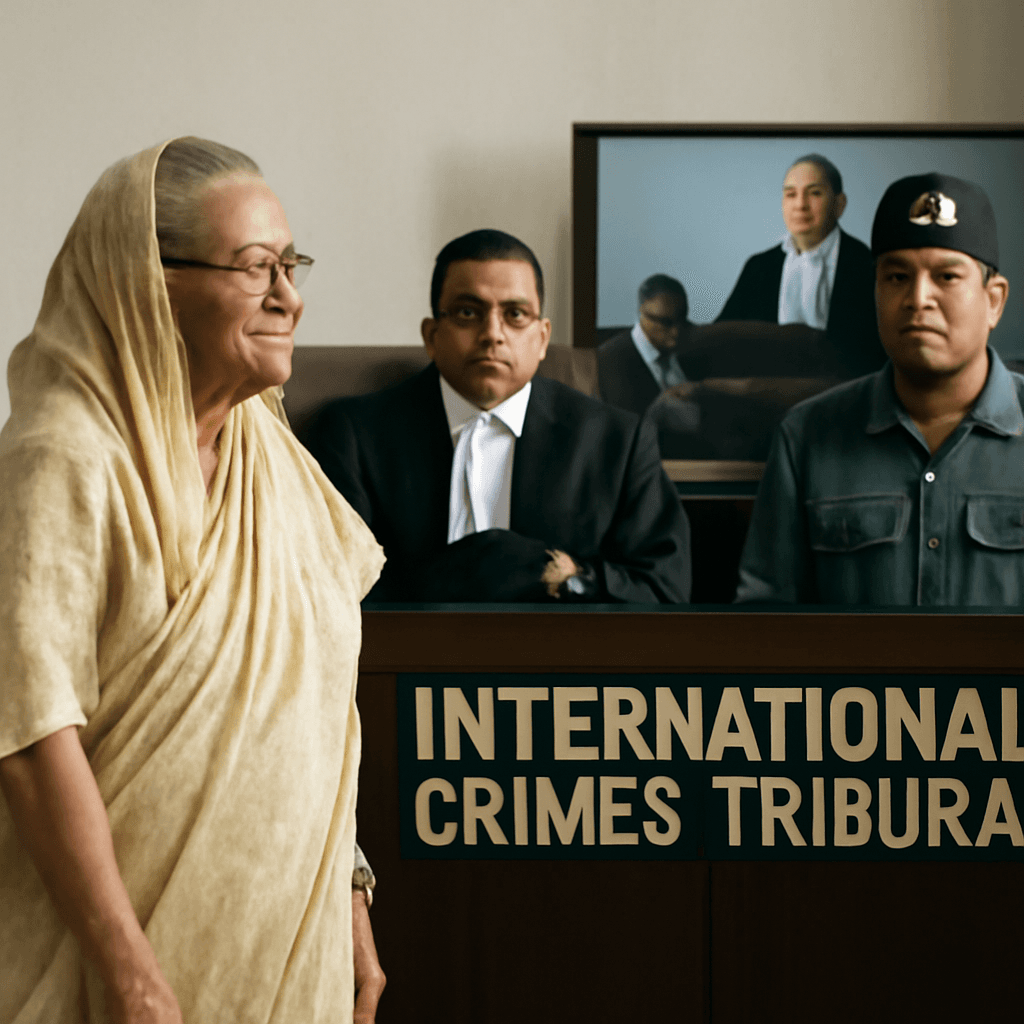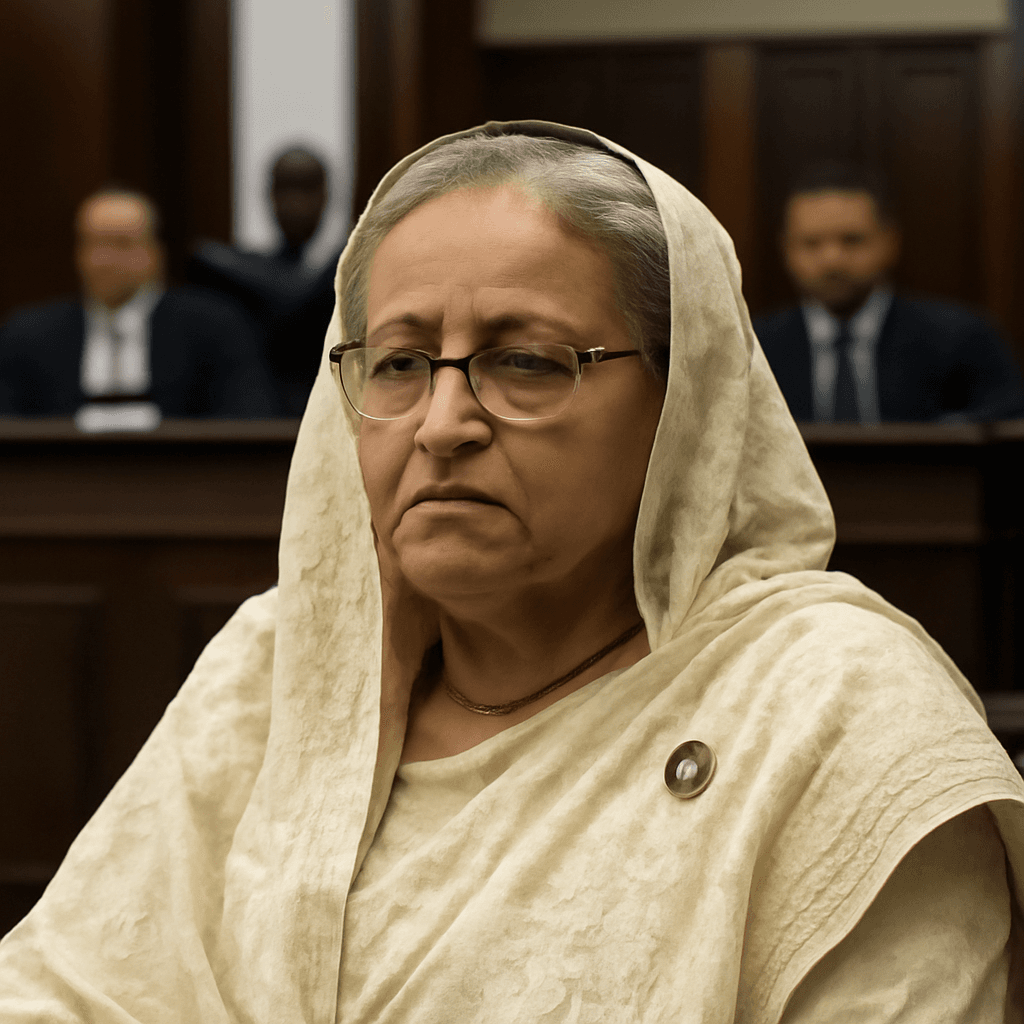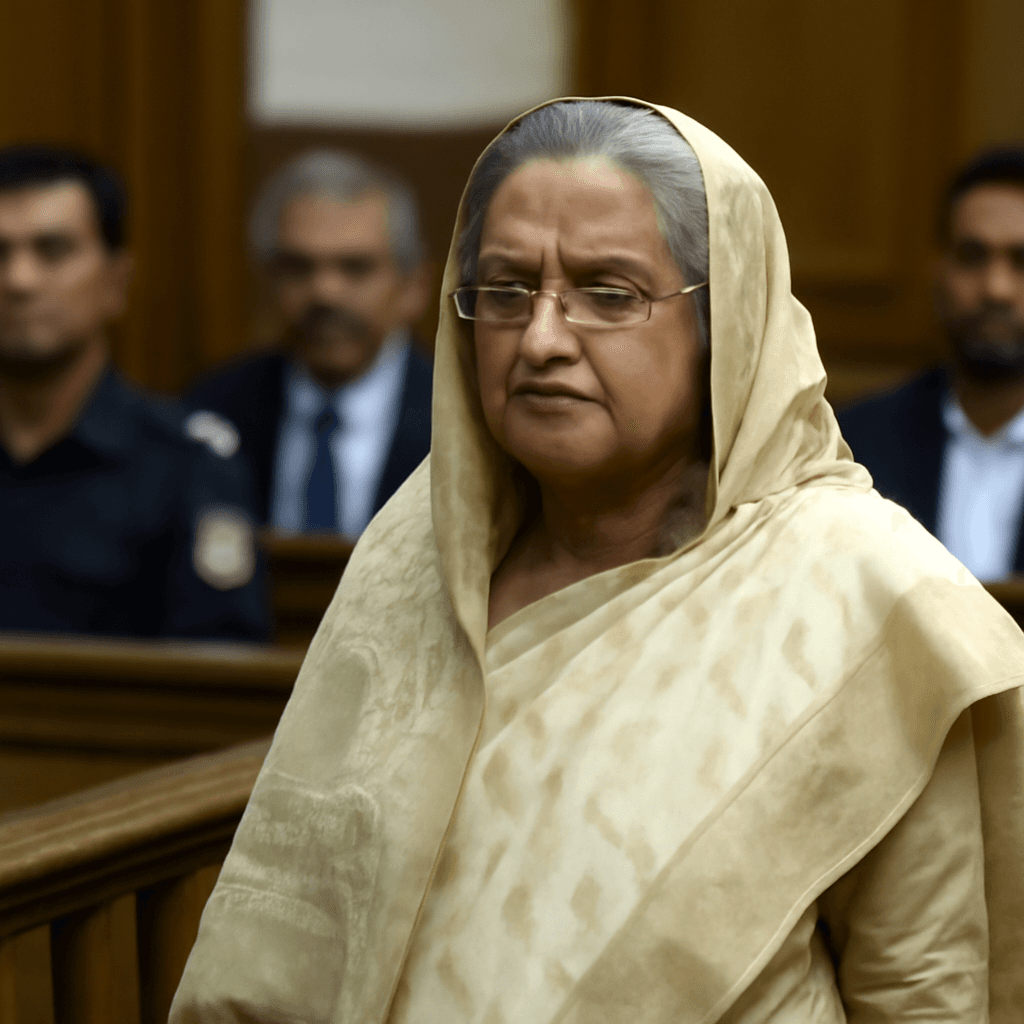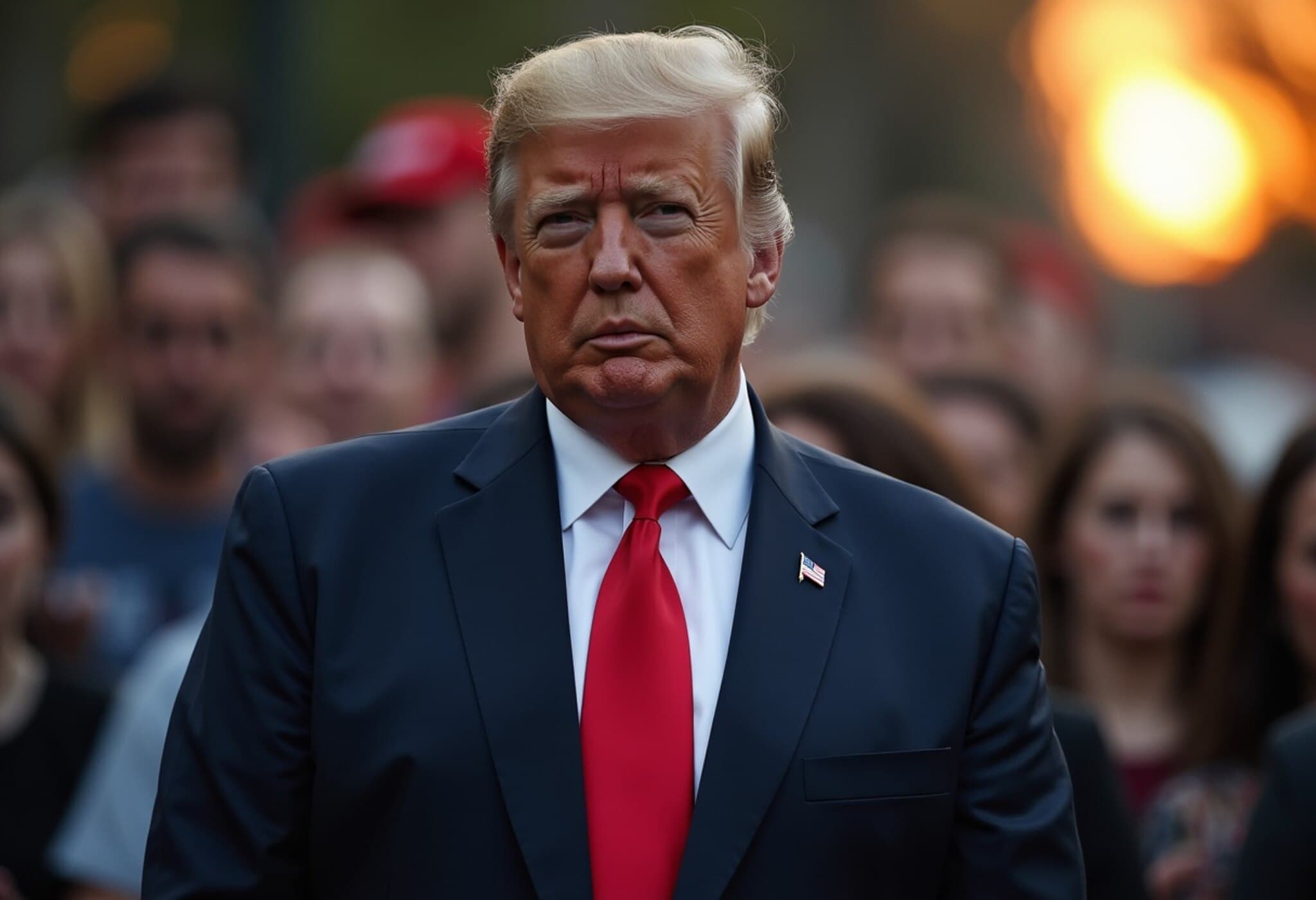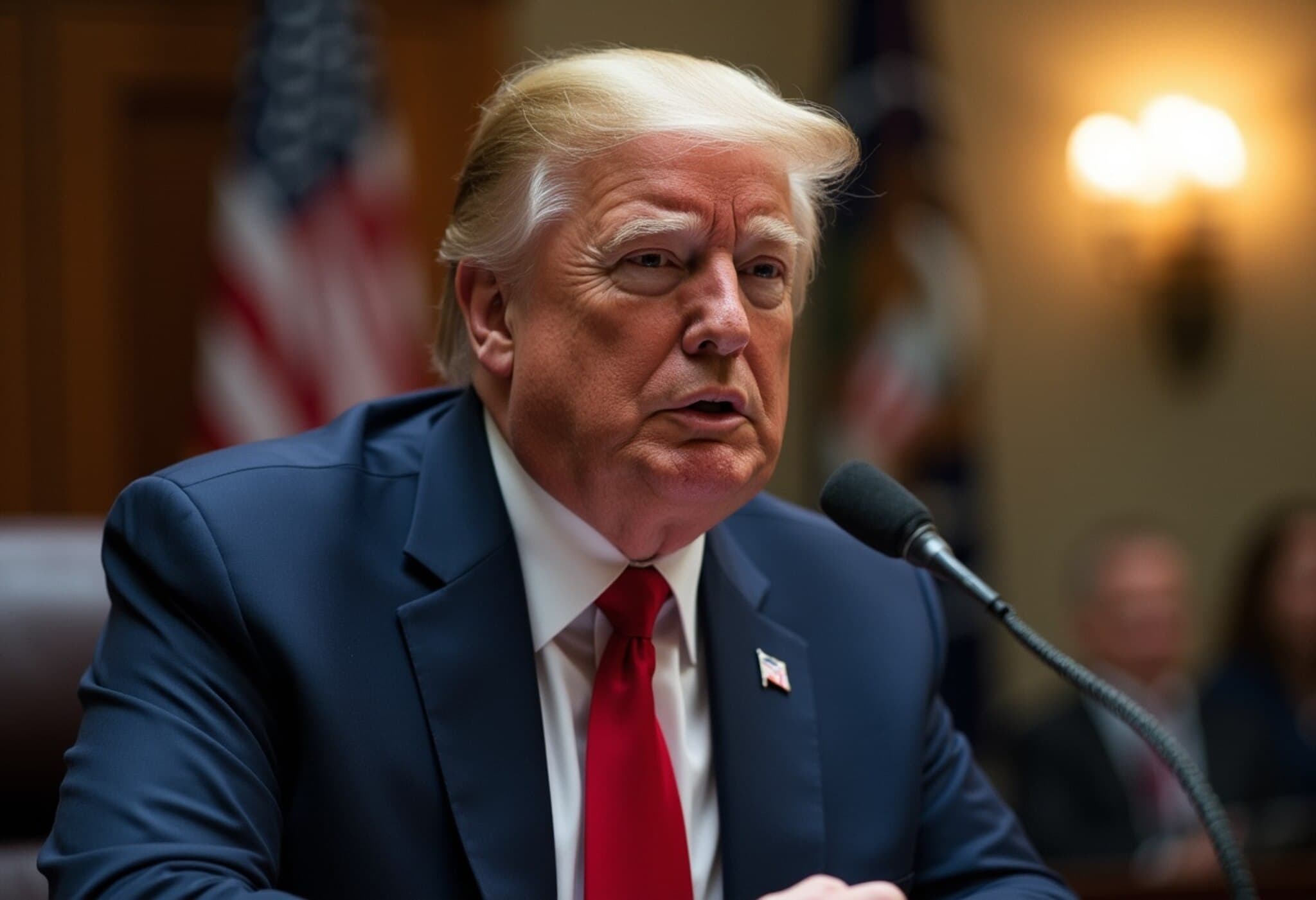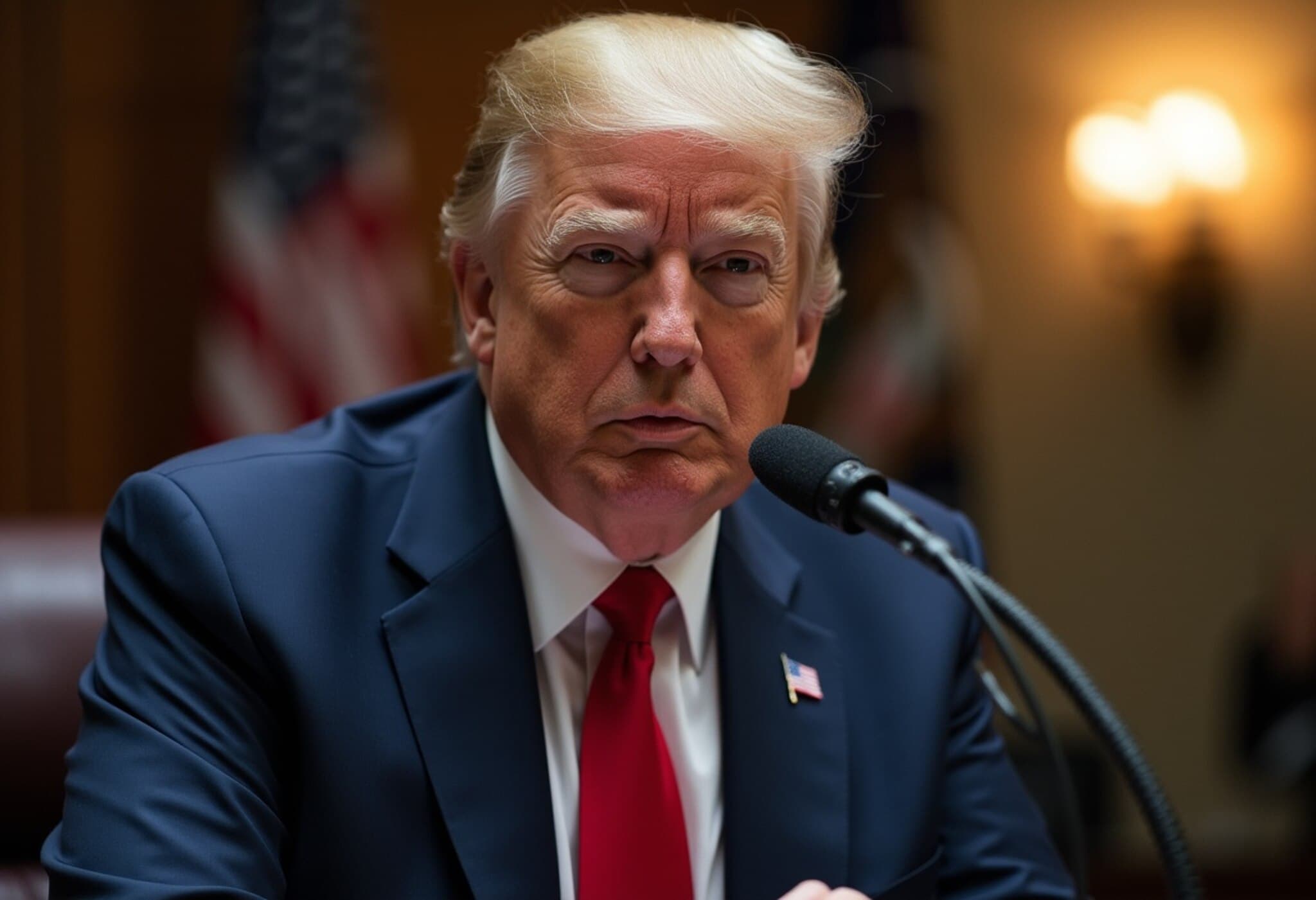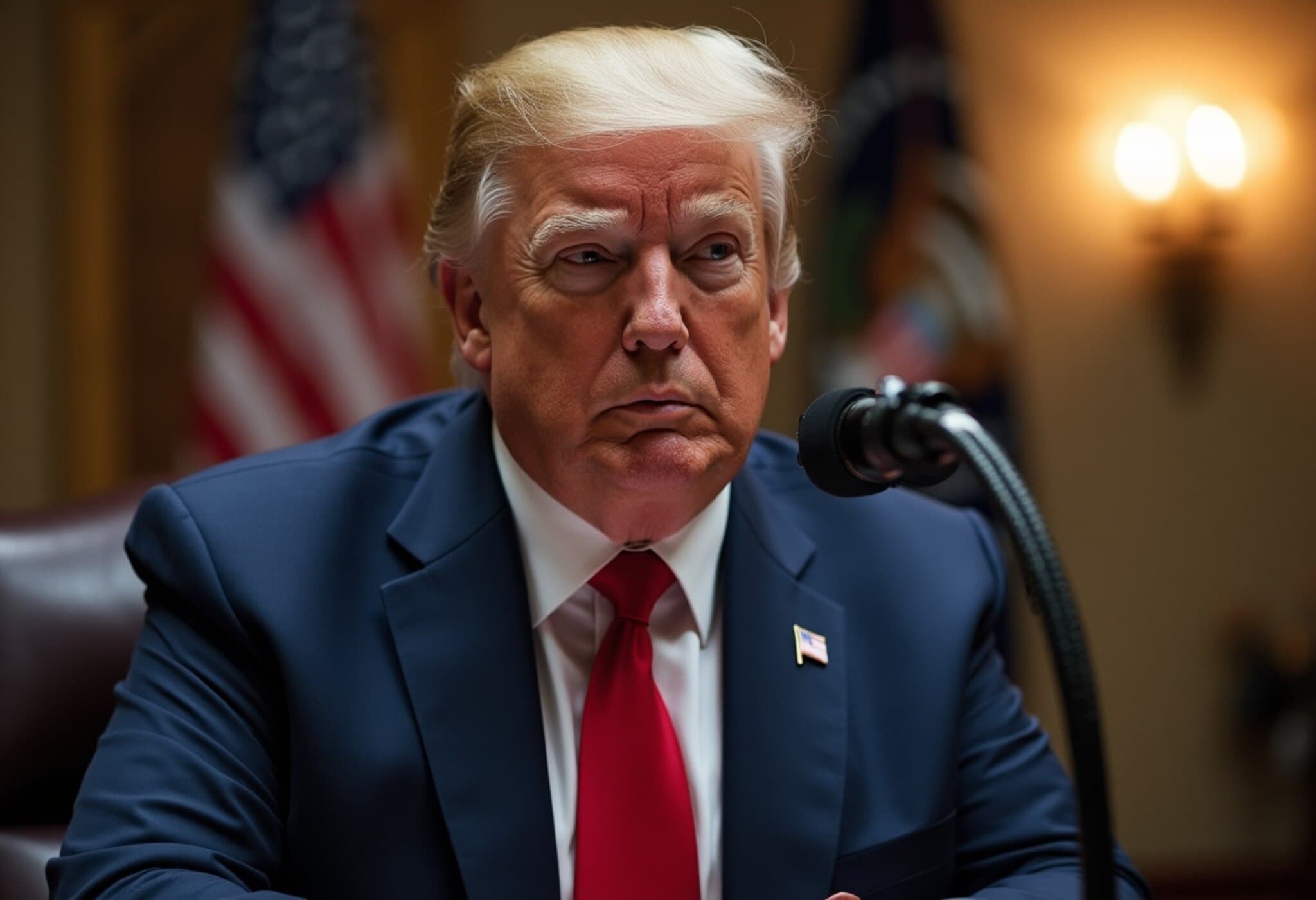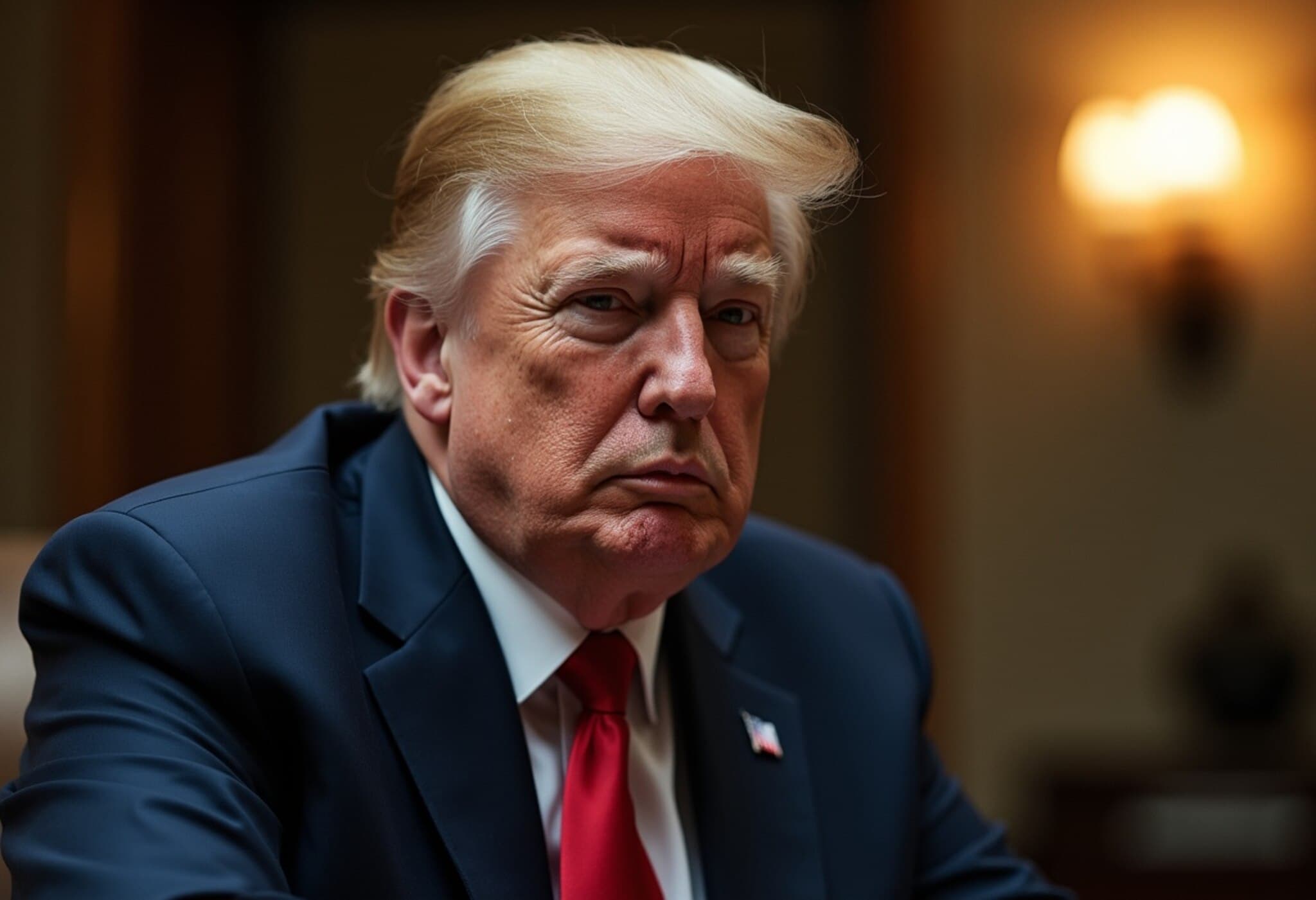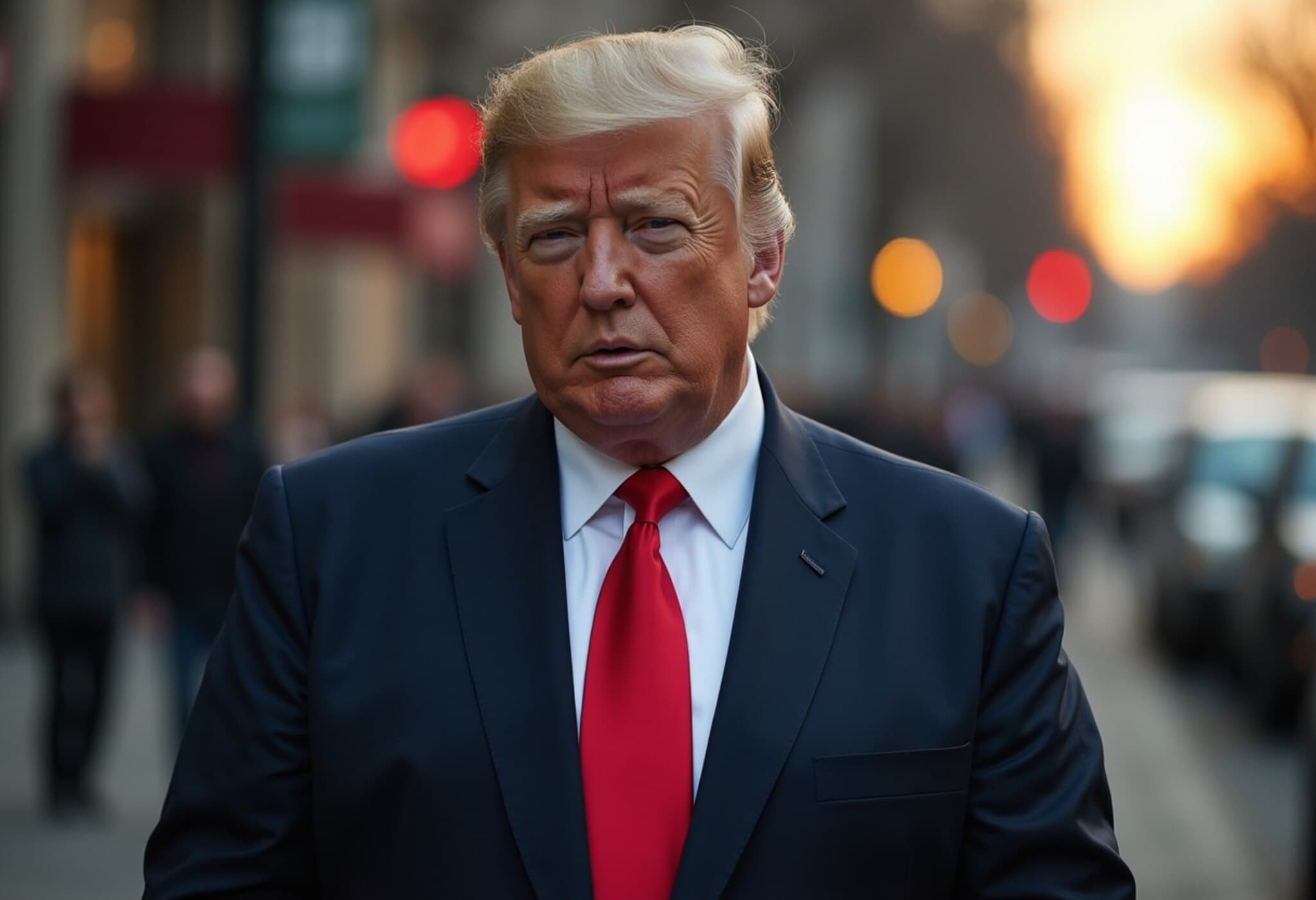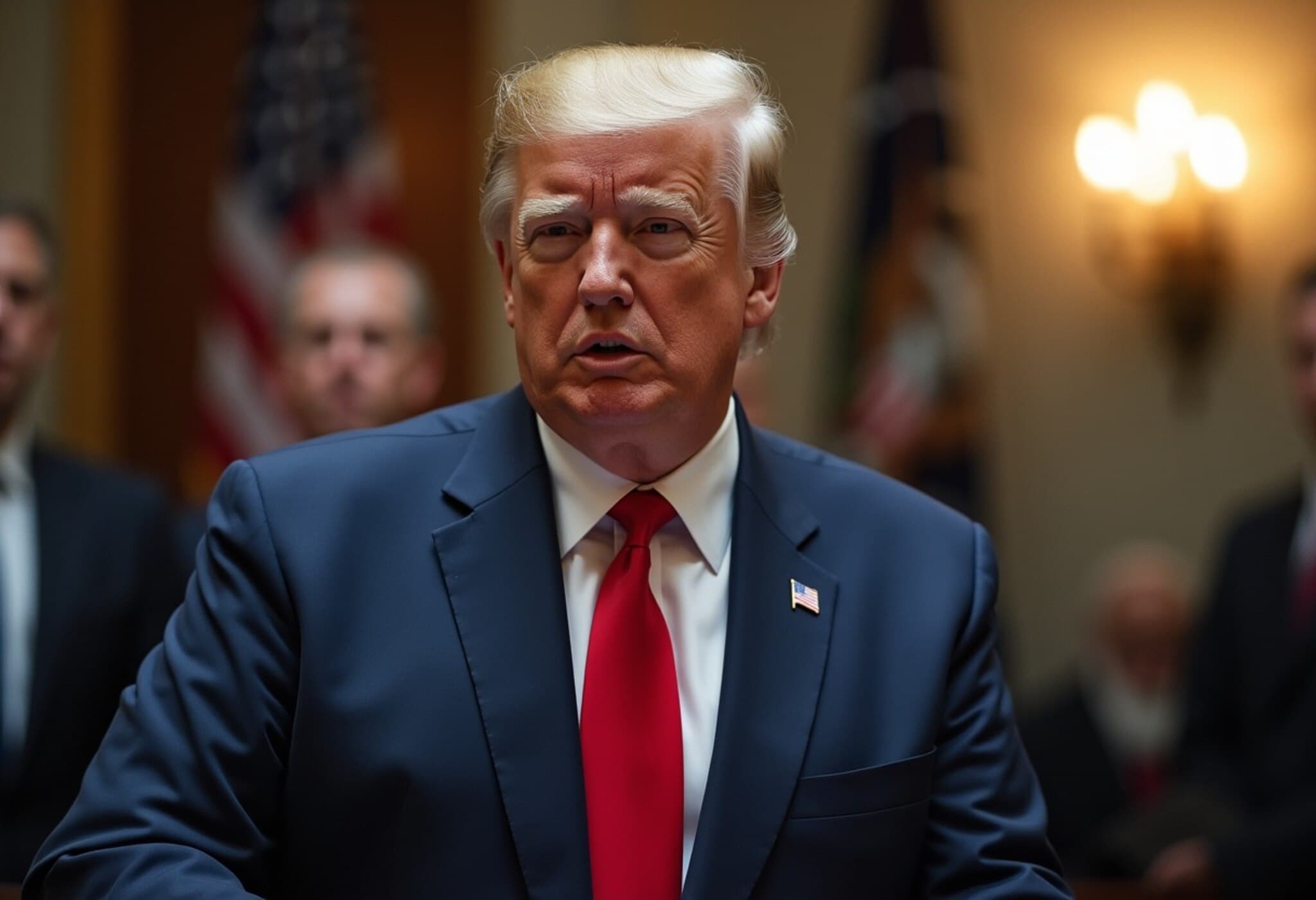President Trump Challenges Democrats Over Jeffrey Epstein Documents
Amid escalating scrutiny surrounding the Jeffrey Epstein case, former President Donald Trump publicly challenged Democratic officials, questioning why they did not release potentially incriminating files during their tenure controlling the Senate and White House. Trump's pointed remarks come as he directed Attorney General Pam Bondi to unseal grand jury testimony related to the Epstein investigation, intensifying calls for transparency from both political allies and opponents.
Trump’s Assertions: Democrats Had 'Nothing'
On July 18, 2025, Trump took to Truth Social to express disbelief that Democrats, who oversaw key prosecutorial authorities such as former Attorney General Merrick Garland and ex-FBI Director James Comey, did not disclose what he dubbed a “smoking gun” concerning Epstein. He wrote: “If there was a ‘smoking gun’ on Epstein, why didn’t the Dems, who controlled the ‘files’ for four years...use it? BECAUSE THEY HAD NOTHING!!!”
Pressure Mounts for Transparency
Trump’s call for the release of grand jury transcripts arrived amid growing bipartisan demand for clarity around Epstein’s death and associated investigations. The Justice Department and FBI jointly declared in a widely publicized memo that Epstein’s 2019 death was self-inflicted and confirmed no client list had been found, a pronouncement that did not quell public skepticism.
In response, Trump instructed Attorney General Pam Bondi to “produce any and all pertinent Grand Jury testimony, subject to Court approval.” Bondi subsequently announced plans to file a motion to unseal the transcripts, signaling potential new developments in a case that has long captivated media and public attention.
Legal Counterattack Against The Wall Street Journal
The renewed spotlight on Epstein intersected with a separate controversy involving The Wall Street Journal’s recent report. The paper claimed Trump had penned a letter for Epstein's 50th birthday in 2003, crafted on paper shaped like a naked woman and ending with the cryptic line: “Happy Birthday — and may every day be another wonderful secret.”
Trump categorically denied this report, branding it as defamatory and announced intentions to sue The Wall Street Journal, NewsCorp, and Rupert Murdoch. He asserted that “The Press has to learn to be truthful, and not rely on sources that probably don't even exist.”
Broader Implications and Context
The Epstein case embodies a nexus of issues involving justice transparency, political partisanship, and media credibility. Trump's narrative challenges entrenched perceptions, while the legal maneuvers toward unsealing grand jury records highlight ongoing public hunger for accountability.
Experts observe that the demand to release sealed evidence raises complex questions about balancing victims’ privacy, judicial confidentiality, and the public’s right to know. In the context of American legal standards, grand jury materials remain closely guarded to protect the integrity of investigations. Any move to unseal such documents could have profound ripple effects on related cases and political discourse.
Underreported Aspects
- The role of bipartisan pressure: Both Trump’s supporters and Democrats urging for transparency illustrates the unusual cross-party consensus on the need for clarity.
- Victims’ perspectives: Voices of Epstein survivors often call for sensitivity and caution in public disclosures, emphasizing healing over political spectacle.
- Judicial constraints: Court approval remains a critical hurdle, underscoring the legal complexities in unsealing grand jury testimony.
Moving Forward: What To Watch
The unfolding situation warrants close attention to how the Department of Justice navigates between legal prudence and public demand. Will the grand jury transcripts reveal new insights or simply reinforce existing conclusions? Will Trump’s legal action against media sources impact broader journalistic freedom or standards of evidence?
The Epstein case, layered with political intrigue and legal contention, continues to challenge the American justice system’s capacity for transparency and fairness.
Editor's Note
This saga spotlights the tensions between political narratives and judicial processes in high-profile cases. As calls for openness battle confidentiality safeguards, the American public must grapple with what transparency truly means in the pursuit of justice. Readers are encouraged to consider the delicate balance between protecting victims’ rights, maintaining the rule of law, and ensuring accountability from both political figures and the media.


